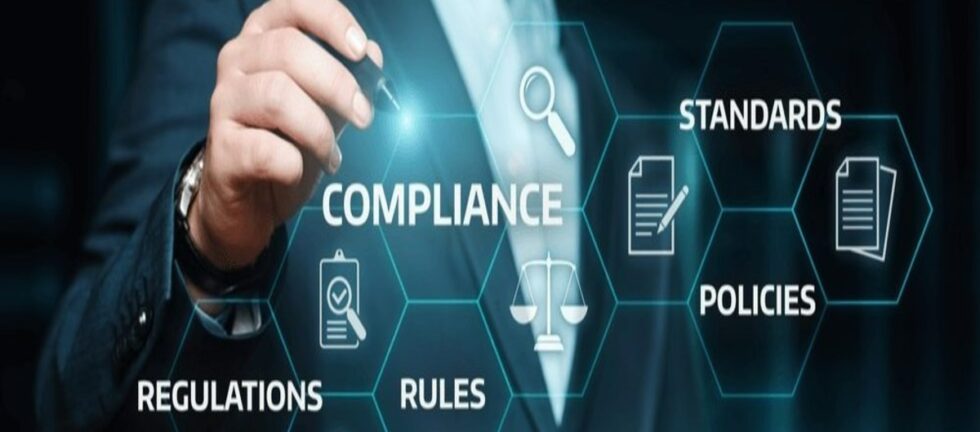Transaction monitoring is a key part in the defense against money laundering and financial crime. It is the process of identifying and reviewing anomalous activity and transactions before deciding to report any suspicious activity to law enforcement.
To conduct adequate transaction monitoring today, is an uphill battle on multiple fronts. Transaction monitoring success is critical for three main reasons:
- To detect and prevent financial crime effectively.
- To meet regulator and customer expectations.
- To clear alerts with efficiency without sacrificing quality.
A successful process should monitor transactions against pre-defined rules and thresholds, anticipated activity; and should rely on a strong partnership between technology and operational expertise. The most effective way to shield from money laundering and other financial crimes is to understand what’s driving this latest set of challenges. Using this information, combined with technology and best practices improves transaction monitoring efforts.
THE KEY ELEMENTS OF EFFECTIVE TRANSACTION MONITORING INTERNAL CONTROLS
Your transaction monitoring system must be supported by effective internal controls, which include these best practices:
1. Comprehensive risk assessment:
The first step in creating an AML compliance program is performing a risk assessment. How are current and new customers handled? What features are you offering to customers, and what is the risk associated with each one?
It’s crucial to have a deep understanding of the risks you take on to ensure you provide adequate coverage for these risks. and assess the ability of your controls to limit and mitigate them.
2. Clear and definitive policies and procedures:
Based on the findings from the risk assessment, create or update AML policies and procedures. These policies need to be as detailed as possible to reduce the chances of anything slipping through the cracks. Some key points for policy and procedure manual are:
- Procedures should cover onboarding customers and activity investigation
- Monitoring controls that report back to the local regulator
- Ongoing review processes
- New products should be in line with the goal of the business
3. Create Transaction Monitoring Rules and Alerts
In addition to a written risk assessment and subsequent policies and procedures, document the functionality of its transaction monitoring systems, including the rules and behavioral analytics it uses and the other systems it integrates with.
- Optimize Rules Over Time: Rules need to be optimized over time because, if not, they won’t be as effective at addressing the nuances that can occur after large sets of data have been analyzed.
- Create Cases and Perform Investigations: When suspicious transactions are flagged in the system, an analyst can create a case once a manual review determines the activity to actually be suspicious and worthy of investigation.
- File Suspicious Activity Reports: After the suspicious activity has been identified and an investigation has taken place, the outcome of the investigation must be reported to authority using a SAR.
4. Ongoing Maintenance of the AML Monitoring System
Once the AML transaction monitoring system is in place, there will be times when changes need to be made to ensure it withstands future risks. Review policy and update it ensuring policies remain aligned with compliance regulations.
Finally test transaction monitoring system and internal controls to make sure they work as expected to combat financial crime.
HOW TO IMPROVE TRANSACTION MONITORING
Taking following steps helps to improves transaction monitoring:
- Conduct an analysis that identifies the universe of all “at risks” involving AML and sanctions transaction types used by the institution.
- Employ comprehensive customer risk assessment and segmentation.
- Complete a thorough product assessment to determine the money-laundering risks posed by certain products and product groups.
- Incorporate information that covers “know your customer,” customer due diligence and enhanced due diligence.
- Use network analysis of related accounts, via ownership and/or transactional activity.
- Monitor customers across various lines of business and jurisdictions by conducting a cross-business analysis and geographic analysis of your customer base.
- Assess the scalability of the automated transaction monitoring system with regard to product and geographic expansion.
- Develop and tailor risk-based and intelligent detection scenarios for the identification of unusual and potentially suspicious activity.
- Develop an ongoing tuning process that establishes baseline thresholds,
- Continuously adjust scenarios to meet business realities and, if required, modify detection tools.
THE USE OF AUTOMATED TRANSACTION MONITORING SYSTEMS
Today, it is advanced transaction monitoring software that helps organizations analyze data efficiently and automatically identify unusual patterns of behavior. This allows to focus attention on high risk and anomalous transactions.
Transaction Monitoring Models
There are a number of transaction monitoring systems on the market that propose to resolve the issue. In a nutshell, most of them provide:
- Seamless integration with existing datasets.
- Intelligent approach to datasets, through feedback and fine-tuned calibration of transaction monitoring rules; and
- Real-time and retrospective analysis.
Transaction monitoring challenges
Ready-to-Use Rules
Ready-to-Use Rules can be applied in the Transaction Monitoring system. These rules can make the firms job much easier, but because they are not prepared according to the institution’s risk appetite, big problems may arise as there is no “one size fits all” approach .
False-Positive
If rules aren’t accurate in this way, it results in a high number of false positives this in turn increases operational costs, creates a backlog and risks delaying legitimate cases being investigated.
Preset rules are helpful, and they can help, especially if you do not have the expertise needed to implement a system, but they can never be wholly accurate. In the case of transaction monitoring systems, these presets will result in the system generating a high volume of positives, not all of which will be true positives, which increases the workload for compliance officers.
Cheat System Thresholds
It is not difficult to deceive static, rule-based Transaction Monitoring systems by operating within certain thresholds. Unfortunately, this is one of the areas where traditional, outdated, and reactive rule-based AML systems are particularly problematic. As a result, highly suspicious activities go undetected as sophisticated criminals run their operations under the rule radar.
Data Hinders AI deployment
A truly effective Transaction Monitoring system that leverages the power of Artificial Intelligence (AI) will rely on a single source of truth for all data. AI needs to be an integral part of your AML strategy, so ignoring weaknesses in your data is not the right option. Preparing data for AI deployment is not a rushed process. Data must be collected carefully, and attention must be paid to any signs of corruption.
KEY TAKEAWAYS
When transaction monitoring is optimized, it should go unnoticed by your wider organization and customer-base. However, if it goes wrong large implications can be created. These include (but are not limited to) negative customer experience, regulatory scrutiny, fines and high team workloads to remediate any issues.
They key components of an effective transaction monitoring system are the ability to flag suspicious activities, adjust rules based on learnings, and identify false positives for accurate reporting. Having the right transaction monitoring platform can drastically improve the performance of AML operations by increasing efficiency and efficacy and prevents costly fines.

Alia Noor (FCMA, CIMA, MBA, GCC VAT Comp Dip, Oxford fintech programme, COSO Framework)
Associate PartnerAhmad Alagbari Chartered Accountants






